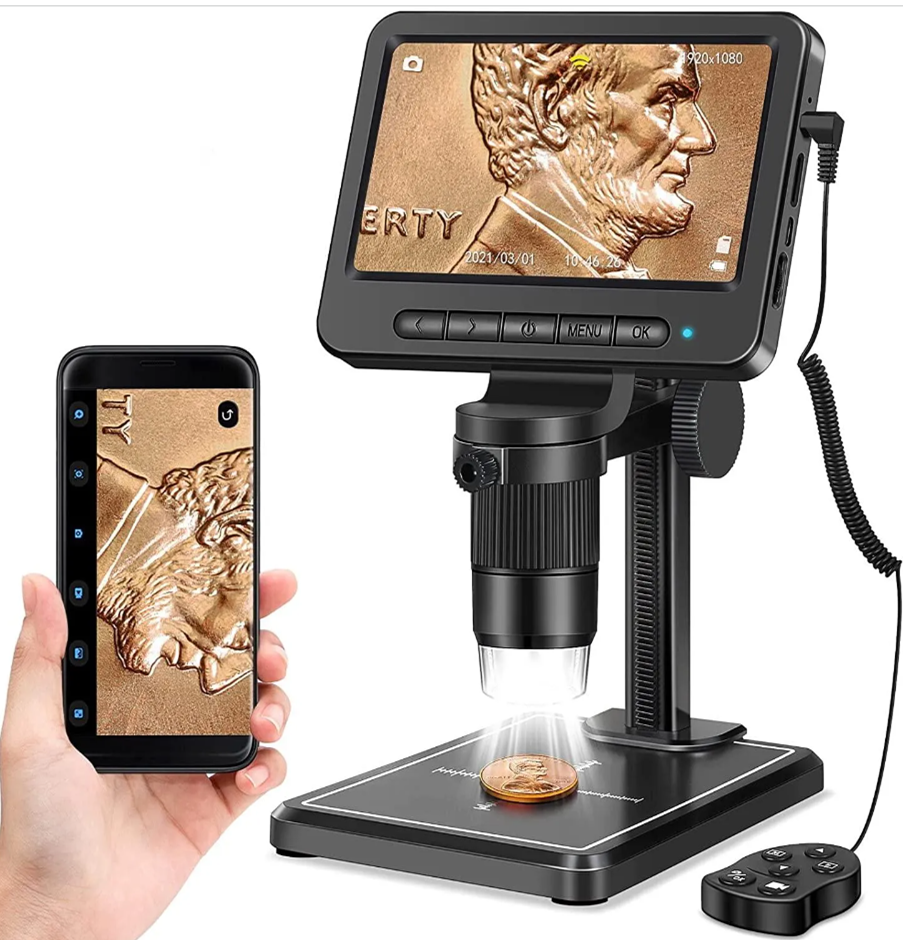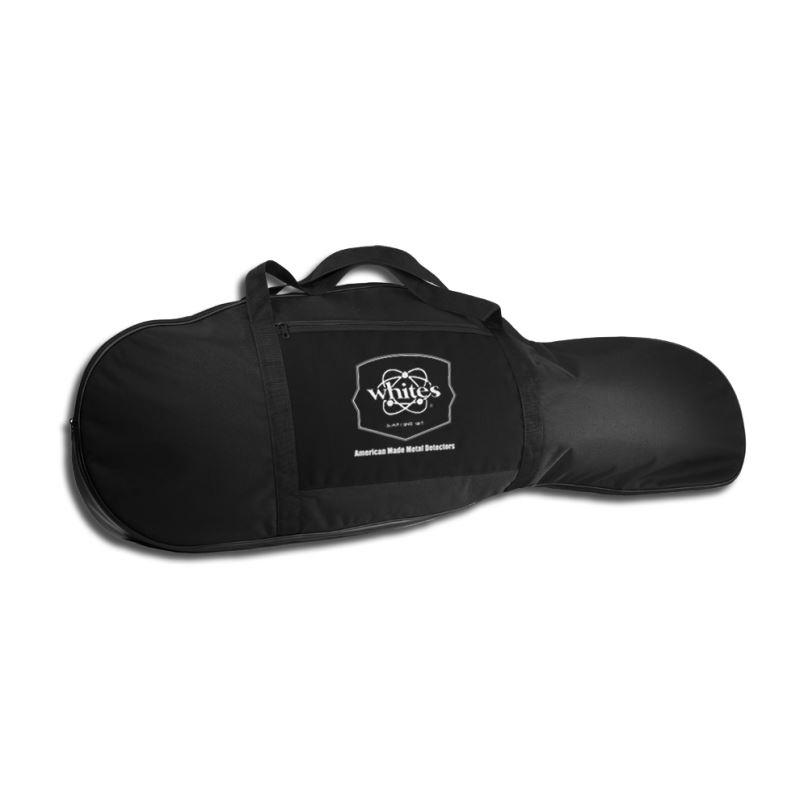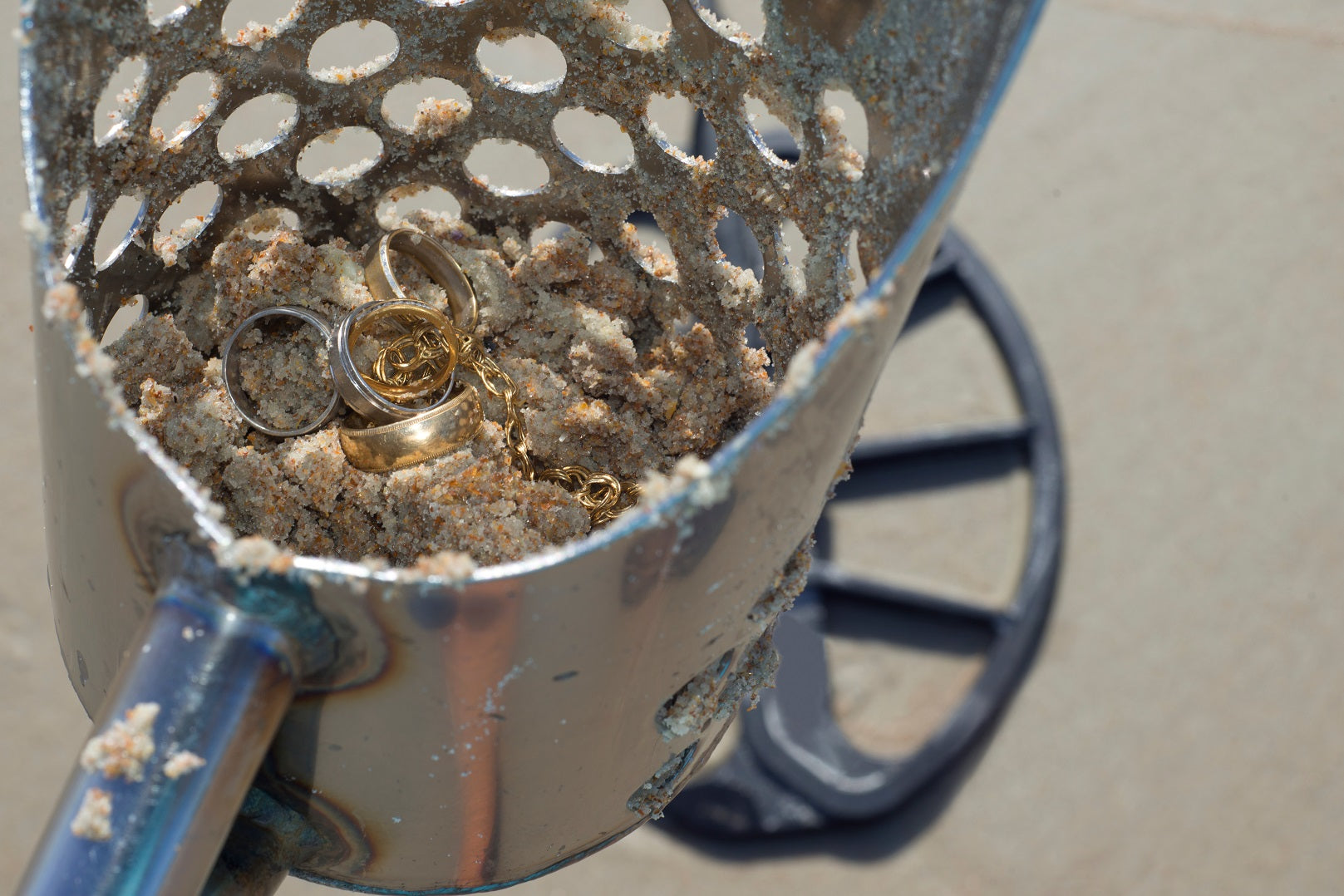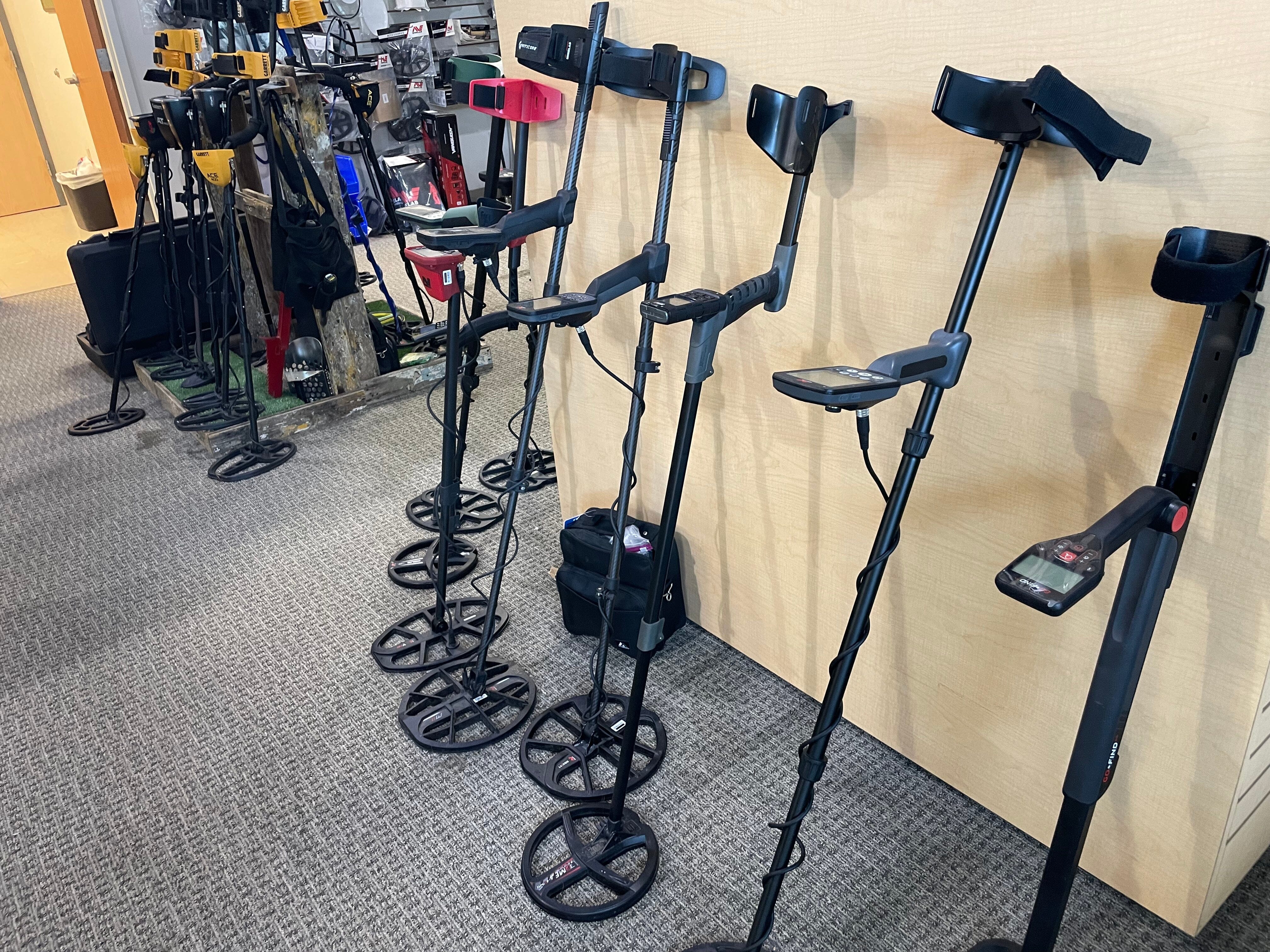Menu
How to Properly Clean and Preserve Metal Detector Finds - Part 2: Stages of The Cleaning and Preservation Process.
Different Stages of The Cleaning and Preservation Process
Check out Part 1 of This Series by Clicking Here!
In this part of the series, we will discuss an overview of what steps to take and when to take them to ensure your metal detecting find is properly protected and preserved while minimizing physical and environmental damage. We will dive into each of these topics even further as we proceed with this series of articles.
I want to begin this series with an understanding. Know that the majority of items you are going to dig up metal detecting are not going to be in outstanding condition. Other than gold and silver coins, most metals will begin some sort of corrosion. Many, very nit picky, people out there will blow a gasket when someone mentions cleaning a metal detecting find - at all - let alone using a wire brush on it. To them, I say who cares. It is my find, not yours, and I want to look at it. I want to see it in as best shape as I can get it into and I am going to clean the F out of it. So, for those out there that will critique this article from an archaeologist's perspective, simply click the back button and go read another article.
Moving right along...a really good video on the very first step on preserving your finds by Aquachigger can be found below.
In this video Beau discusses how the first step is to take care to make sure you are not "over cleaning" your finds right out of the ground. You knave to keep in mind that some items are actually more stable in the ground than after being removed. One good example is iron. Underground or under water there is less oxygen to promote rust. Once an iron object is removed from the ground, unless it is properly preserved quickly, the iron object will begin to corrode more rapidly than if it were left alone.
Oxygen, moisture, sunlight, and temperature can affect your metal detecting finds. As Aquachigger discusses in the video, some metals prefer moisture as a temporary preservative and with others you may want to avoid water altogether. Some you will want to dry out and preserve quickly and with others you will want to keep moist until you are ready to preserve.
Another thing to consider is the physical damage. With regards to over-cleaning your items, it is best not to scrub too hard with your finger, toothbrush, etc. This is especially true with softer metals like silver, lead, and gold. Small grains of sand assisted by the pressure of a finger can cause irreparable damage to soft metals. Physical damage can also occur when you are transporting your metal detecting finds in the field as you finish your hunt as well as when you are transporting them from one place to the next. It is advised you find some sort of finds box that can safely house your keepsake metal detector finds like the Garrett "Keeper" Finds Box shown below offered by Garrett Metal Detectors.
A box like this will help keep coins, rings, bullets, and relics in a relatively safe place during travel. The plastic is softer than metal and shouldn't cause any damage to most precious metals. The coin holder will hold several coins without letting them clank together causing potential damage.
Have a Cleaning and Preservation Plan in Place
Once you get the items home it is important to have a preservation plan in place. This will vary from item to item. For instance for iron objects you may want to consider electrolysis or applying some sort of rust converter. This will help remove flaking pieces of rust and iron and will help expose new, fresh iron that can be preserved with some sort of preservative. Copper, brass, and bronze objects (other than coins) can be cleaned using a de-corroder to bring the object back to a brilliant shine.
There are tools that use physical cleaning methods on hard to clean and intricate pieces. One example is the Andre's Le Crayon cleaning tools. This kit consists of a variety of relic cleaning pencils that have different tips (carbon fiber, fiberglass brush, brass brush, and steel wool). These tools can be used to get into hard to reach places of the object. It is important to be very careful in choosing the application so as not to damage the object.
This set of 4 pencils is a great addition to your cleaning toolbox. Ideal on bronze coins such as Indian Head Pennies or 2-cent pieces, it is also versatile and will allow you to clean other metals such as copper.
We do recommend being very careful when cleaning coppers, as it is probably the most "sensitive" metal. You may use the hard point pencils to get rid of the crust. The brush pencil is great for finishing, monitoring your progress or cleaning a thin and/or soft layer of dirt, even on coppers.
The pencils should not be used on metals such as silver or gold. The hard point pencils can be sharpened with a regular pencil sharpener. To "reactivate" the brush pencil, simply hold the steel wool, then turn the pencil. "Fresh" and ready for action steel wool will come out.
Coins consisting of silver and gold need little to no preservative as these elements are very stable to environmental deterioration. It is more important to avoid physical damage to these metal detecting finds by carefully cleaning them with soap and water or using a non-abrasive cleaning pad or polishing cloth after ensuring all sand and dirt particles are carefully removed. Once cleaned you will want to find a way to safely secure the coins. This can be done using a foam padded "gem jar" or other treasure display like the ones shown below.
If you have coins of gold, silver, or other numismatic value, make sure you sue a cleaner that is suited for this quality of coin. Such products like Conserv Safe Coin Solvent are excellent for this and actually made by companies that specialize in numismatic grade cleaning solvents.
Again, on the subject of over-cleaning; Some relics, like old lead bullets and figurines, need very little cleaning or preservation. The white patina found on lead shows that it is old and is very desirable for these relics. Likewise the green patina found on old Indian Head Pennies is often desired by many collectors of lost treasure.

Always be careful when cleaning coins. Although, the fact is, most coins found metal detecting are in a "dug condition" and probably won't be worth too awfully much to a serious coin collector, you might get lucky and find a key-date coin. Scratching or scuffing one of these would be a terrible mistake. Always just clean it as little as possible to get a date and/or mint mark. Do some research to find out its potential value and plan your restoration steps from there. If you cannot find a date on the coin, it is likely not worth too awfully much more than a display piece in the finder's personal collection.
Preserving Your Metal Detecting Finds
Fist things first: Make sure the object is completely dry before applying any preservation method. Otherwise you are sealing in moisture which will eventually cause the preservative coating to fail.
There are different methods of preservation. Some people simply put a thin coat of oil on their iron finds. This will slow the deterioration process but not fully protect most items. I have used clear Rustoleum spray paint to preserve iron in the past and it seems to stop the corrosion process. I mentioned a rust converter earlier in the article. These work by actually turning iron oxide (i.e. rust) into a protective barrier. This is done using a proprietary polymer along with tannic acid and 2-Butoxyethanol. These chemicals come together with the rust and create a thick black layer that kills the rust and seals the surface at the same time. This is quite likely the best and easiest way to preserve iron objects.
It is important to remember to remove all the moisture from your finds before the final step of preservation. This is especially true for iron objects which will continue to rust if moisture is sealed in. This should be done quickly after the physical restoration process is complete. It can be done by using an oven, heat gun, infrared heater, or even a blow dryer.
Another great way to preserve just about any type of metal is using Renaissance Wax. Renaissance wax, as described on their website:
" Prior to 1950, the only polishes available were based on beeswax and carnuba wax. Unfortunately, these natural, saponifiable products would cause damage when acids arose spontaneously through oxidation or hydrolysis.
To solve the problem, a consortium of international conservationists directed a scientist from the British Museum to conduct intensive research and find the “perfect wax.” When he could not find any that met their exacting standards, he created a new wax in his laboratory. The revolutionary formula he invented is a semi-synthetic micro-crystalline fossil-origin wax entirely free of, damaging acids. It remains chemically neutral and is therefore completely safe, even on vulnerable surfaces.
The British Museum approved manufacture of this wax for its own use and for distribution to the public. That “perfect wax” is now available internationally under the name RENAISSANCE MICRO-CRYSTALLINE WAX/POLISH."
Whatever method you choose to preserve your metal detecting finds, make sure you start with a plan. If you start by applying oil and decide to go a different route later, it will be very difficult to remove all of the oil before using another preservation method.
Stay tuned to our blog for upcoming episodes. Follow us on your favorite social media outlet to stay informed of episode releases:
YouTube: HighPlainsProspectors
Facebook: @highplainspropsectors
Instagram: #highplainsprospectors
Twitter: @ProspectorsKS
You Might Be Interested In

Coin & Relic Cleaning Supplies
Pair text with an image to focus on your chosen product, collection, or blog post. Add details on availability, style, or even provide a review.
- Choosing a selection results in a full page refresh.















